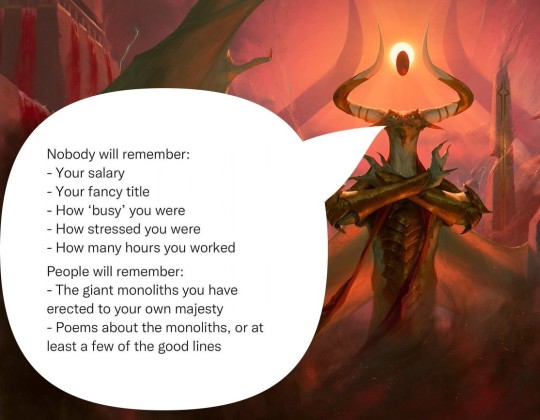Text

me trying decide what deck to buy

me discovering ELF KINDRED????
#mtg posting#mtg#magic the gathering#magic: the gathering#mtg decks#mtg commander#commander#edh#elf kindred#kindred decks
0 notes
Note
I liked your episode about synergy. Specifically, making a "synergy tree". I thought that was a nice exercise that has translated well over to deckbuilding.
Always happy to hear my podcasts has practical applications.
20 notes
·
View notes
Note
hey mark, i just wanted to say that Plot is an absolute slam dunk 10/10 A+ mechanic for me, personally, and one i definitely hope to see again in future. setting up huge blow-out turns, synergizing with play-from-exile or cast-multiple-things type effects, it's all so much fun. it seems, from my perspective, like such a versatile little mechanic and i hope it has more in stock. please give out high-fives to everyone involved in plotting such a wicked mechanic!
High fived myself, and will the rest of the vision design team that made it. It is my favorite mechanic of the set (with spree a close second).
#mtg posting#mtg#magic the gathering#magic: the gathering#mtg decks#i need to get plot cards for my paradox deck
31 notes
·
View notes
Text
Plane Shift: New Phyrexia Phyresis Rules 1.0
Contact with Phyrexian creatures and glistening oil can lead to phyresis, a special condition tracked in ten stages. Phyresis is not a disease, so immunity to disease cannot prevent a creature from being afflicted. Phyrexian creatures are immune to this condition.
A creature infected by phyresis experiences the effects of its current level and all those below.
Until level 5, greater restoration may remove a phyresis level from a targeted creature in addition to its other effects.
Every 24 hours, a character who has at least 1 phyresis level must roll a d20. On a roll equal to or less than their current phyresis level, they gain one level.
Phyresis Level Effects
1: No effect
2: No effect
3: Disadvantage on saving throws against being charmed or frightened by Phyrexian creatures
4: No new effect
5: Phyresis can no longer be removed by greater restoration
6: No new effect
7: Phyrexian language proficiency
8: Gain one augmentation for which you meet the prerequisites (detailed in a later installment)
9: No new effect
10: Incapacitated; begin compleation saving throws (see “A Sublime Transformation”) (Below the cut)
A Sublime Transformation
Most compleated adult Phyrexians, including player characters, are capable of compleating other creatures with sufficient ichor and time. A compleated creature retains its original type and racial features but gains the Phyrexian supertype. As a general rule, spells cast using Phyrexian mana that raise a target from the dead will return them compleated, if they were not already.
Much like being raised from the dead, the process of compleation is an exhausting ordeal that saps the energy of affected creatures. A newly compleated Phyrexian takes a -3 penalty to all attack rolls, saving throws, and ability checks. Each time the creature finishes a long rest, the penalty is reduced by 1 until it disappears.
Often, compleation is a process of optimization, reinforcing a creature's existing strengths. In that spirit, compleated player characters may increase one ability score above 20 by subtracting 2 from another ability score for each increase by 1 to the target score, to a maximum of 22. In addition, the compleated character gains one Phyrexian augmentation for which they meet the prerequisite.
Compleation is a unique opportunity for a player to re-work their character, extending to even class and subclass choices. Additionally, the mnemonic nature of glistening oil means that genetic material is not the only thing passed down from a Phyrexian to a creature they compleat. A newly compleated creature gains one skill proficiency possessed by the Phyrexian who compleated them.
Glistening oil carries the voice of Yawgmoth, who seeks to bend all to his whims. When you reach 10 phyresis levels, you must make a DC 16 Wisdom or Charisma saving throw each turn (your choice). The Phyrexian compleating you may grant you advantage on these saving throws. Successes and failures don't need to be consecutive; keep track of both until you collect three of a kind. When you roll a 1 on the d20, it counts as two failures; likewise, a 20 on the d20 counts as two successes. On your third success, you become compleated while retaining your previous memories and convictions. On your third failure, your bonds are altered to serve Phyrexia. You retain your base alignment and personality, but may suffer memory loss. Either way, you lose all phyresis levels and their effects.
Though powerful, the alteration of loyalties during compleation can be undone. Dispel magic or remove curse cast with a 7th-level slot or higher can restore one target creature to its former bonds if its mind had been altered in this way. You can target one additional creature for each slot level above 7th.
270 notes
·
View notes
Text
You are a god with no followers nor enemies, yet you still persist. No god had ever lived without worship before. The other gods are stumped as to why this is so…until you tell them what you are the god of.
7K notes
·
View notes
Text
How to show emotions
Part VI
How to show bitterness
tightness around their eyes
pinched mouth
sour expression on their face
crossed arms
snorting angrily
turning their eyes upward
shaking their head
How to show hysteria
fast breathing
chest heaving
trembling of their hands
weak knees, giving in
tears flowing down their face uncontrollably
laughing while crying
not being able to stand still
How to show awe
tension leaving their body
shoulders dropping
standing still
opening mouth
slack jaw
not being able to speak correctly
slowed down breathing
wide eyes open
softening their gaze
staring unabashingly
How to show shame
vacant stare
looking down
turning their head away
cannot look at another person
putting their head into their hands
shaking their head
How to show being flustered
blushing
looking down
nervous smile
sharp intake of breath
quickening of breath
blinking rapidly
breaking eye contact
trying to busy their hands
playing with their hair
fidgeting with their fingers
opening mouth without speaking
Part I + Part II + Part III
If you like my blog and want to support me, you can buy me a coffee or become a member! And check out my Instagram! 🥰
27K notes
·
View notes
Text
Visceral need to see them them meet each other and become instant friends

#hey! my dnd universe is a complicated combination of dnd lore and mtg lore#these two could totally meet#wanna play?!
376 notes
·
View notes
Text
0 notes
Text

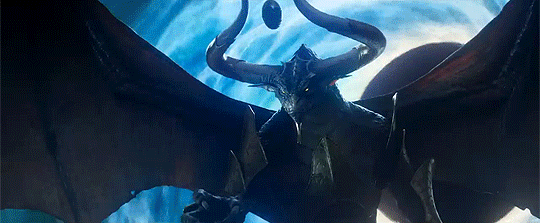


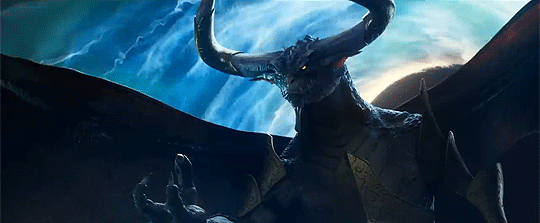
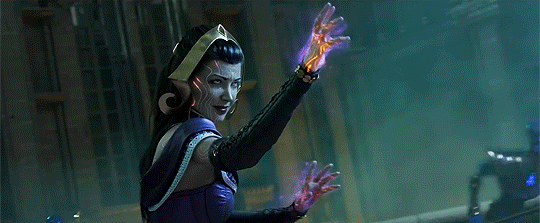
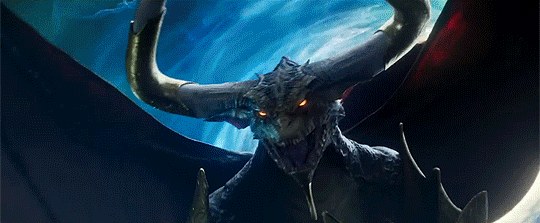
❝ The moment Liliana defied Nicol Bolas, her contract was broken and her life was forfeit. But she was free to choose her fate, and she decided it was worth the price. ❞
399 notes
·
View notes
Text
that’s another reason. the newer names are just generally more baddass. like indatha is just metal
explaining why i refer to the three colour combos as ikoria/capenna instead of tarkir/alara
as i have said once before, i refer to the three colour combinations as ikoria triomes and new capenna families, rather than the typical shard/wedge way that players usually do. i have decided to put it out there in case anyone else uses these terms.
it’s mainly because i only really got into the game around 2019-2020, and didn’t interact with the fandom at all until this year. so the first exposure i had to the three colour combos were the names given to them in ikoria: lair of behemoths and later the allied combos in the streets of new capenna. they were the only names i had really seen for them.
for the families, it’s for that reason. i saw new capenna before i knew anything about alara. i’d heard about in bits of lore i had read, but nothing on the colour combos. so i just refer to them as the first name i knew for them.
but for the enemy wedges, i have a bit more behind my reasoning. with the families, each trio was centred around one colour. for example, brokers is white-centred, with green and blue as its allies. then each of the other families follow the same pattern. even alara did this. however, tarkir broke this pattern. instead of the central colour having both its enemies as it’s companions, it focused on one and added an allied colour and an enemy colour. for example, abzan is white centred and has black and green as companions. but this breaks the pattern previously established, as the white centred enemy trio should have red and black as companions. tarkir does not do this, but ikoria picks up the pattern. and i only care about the patterns so much coz i am autistic, and if you have any autistic friends you’ll know how much we love our patterns.
so, for example, my two main commander decks are my cabaretti bright-palm deck and my indatha ixhel deck.
if you have any questions feel free to ask.
17 notes
·
View notes
Text
explaining why i refer to the three colour combos as ikoria/capenna instead of tarkir/alara
as i have said once before, i refer to the three colour combinations as ikoria triomes and new capenna families, rather than the typical shard/wedge way that players usually do. i have decided to put it out there in case anyone else uses these terms.
it’s mainly because i only really got into the game around 2019-2020, and didn’t interact with the fandom at all until this year. so the first exposure i had to the three colour combos were the names given to them in ikoria: lair of behemoths and later the allied combos in the streets of new capenna. they were the only names i had really seen for them.
for the families, it’s for that reason. i saw new capenna before i knew anything about alara. i’d heard about in bits of lore i had read, but nothing on the colour combos. so i just refer to them as the first name i knew for them.
but for the enemy wedges, i have a bit more behind my reasoning. with the families, each trio was centred around one colour. for example, brokers is white-centred, with green and blue as its allies. then each of the other families follow the same pattern. even alara did this. however, tarkir broke this pattern. instead of the central colour having both its enemies as it’s companions, it focused on one and added an allied colour and an enemy colour. for example, abzan is white centred and has black and green as companions. but this breaks the pattern previously established, as the white centred enemy trio should have red and black as companions. tarkir does not do this, but ikoria picks up the pattern. and i only care about the patterns so much coz i am autistic, and if you have any autistic friends you’ll know how much we love our patterns.
so, for example, my two main commander decks are my cabaretti bright-palm deck and my indatha ixhel deck.
if you have any questions feel free to ask.
17 notes
·
View notes
Text
0 notes
Text

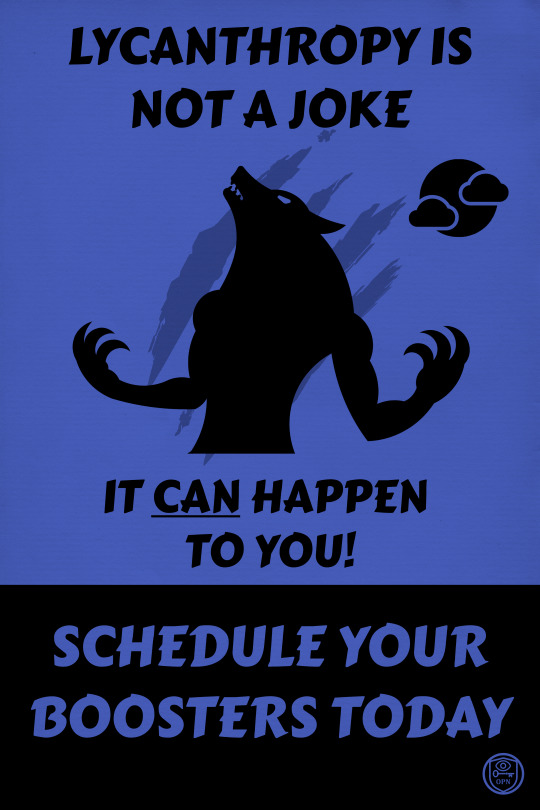
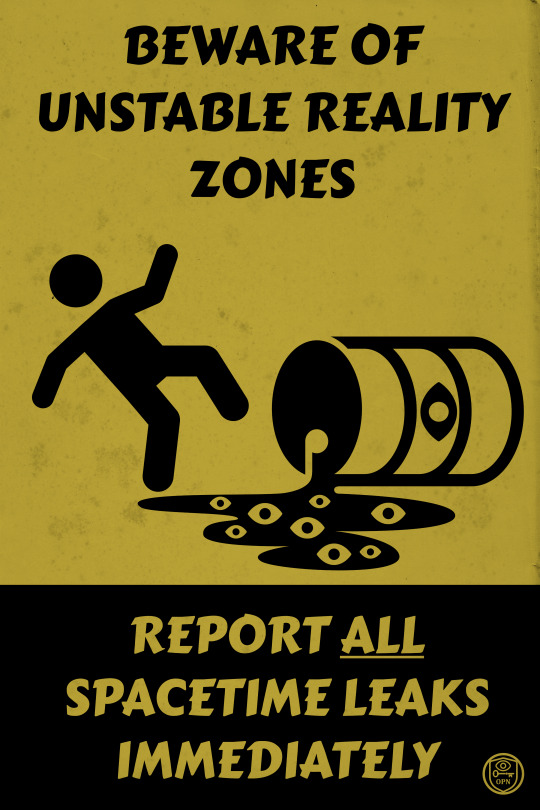



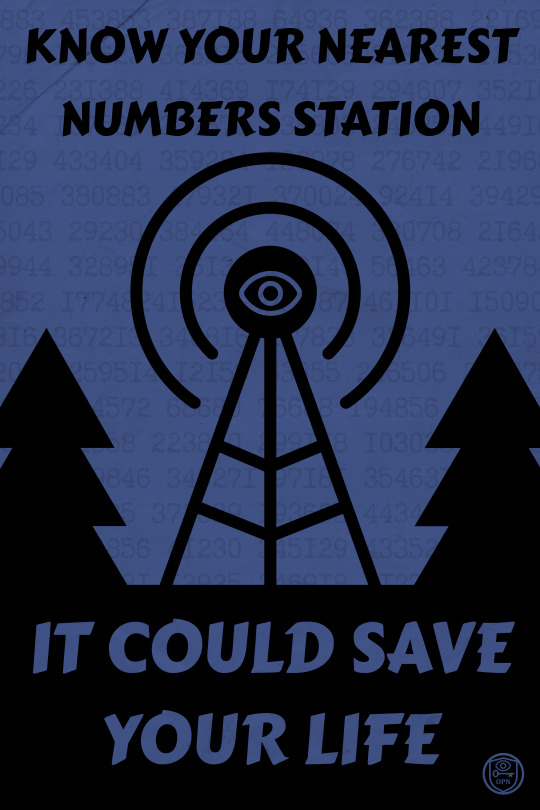
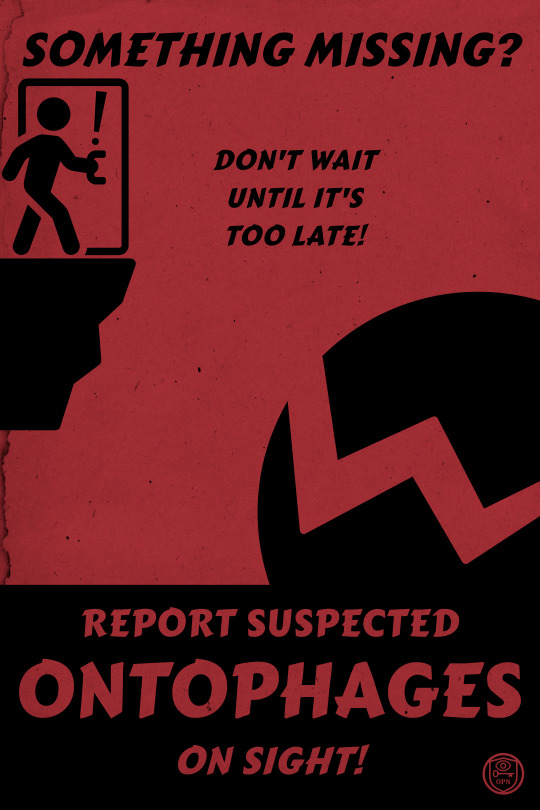


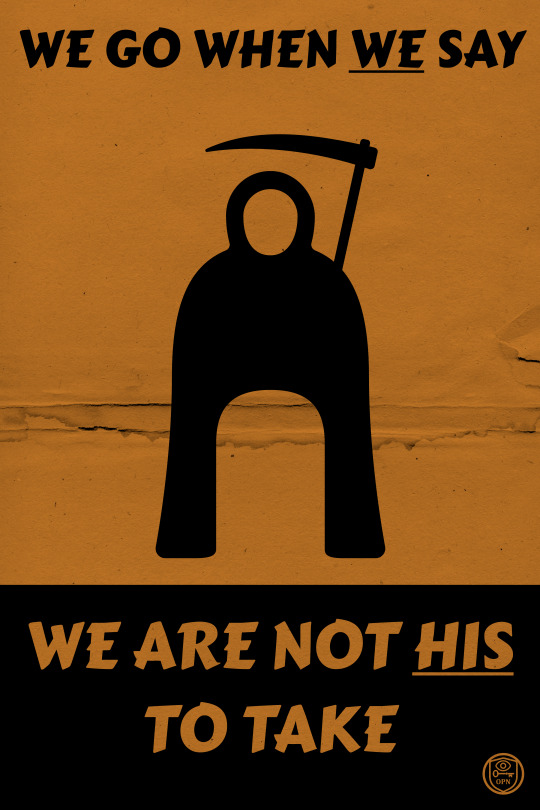
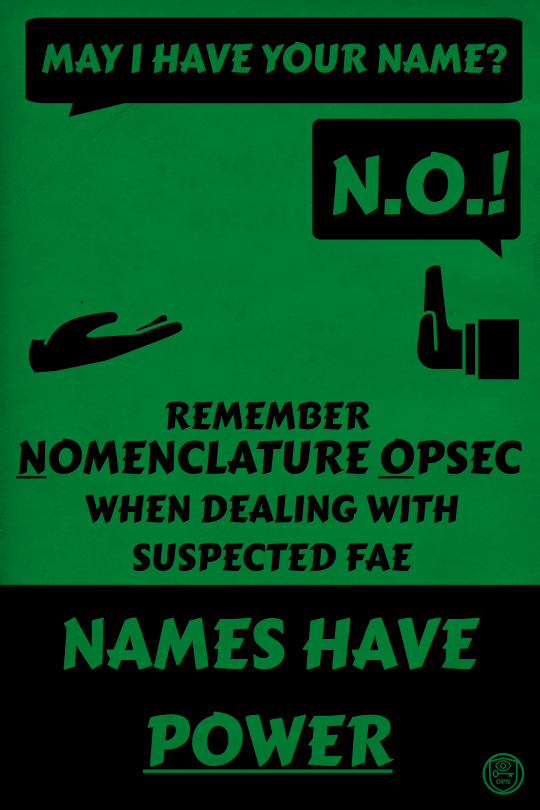
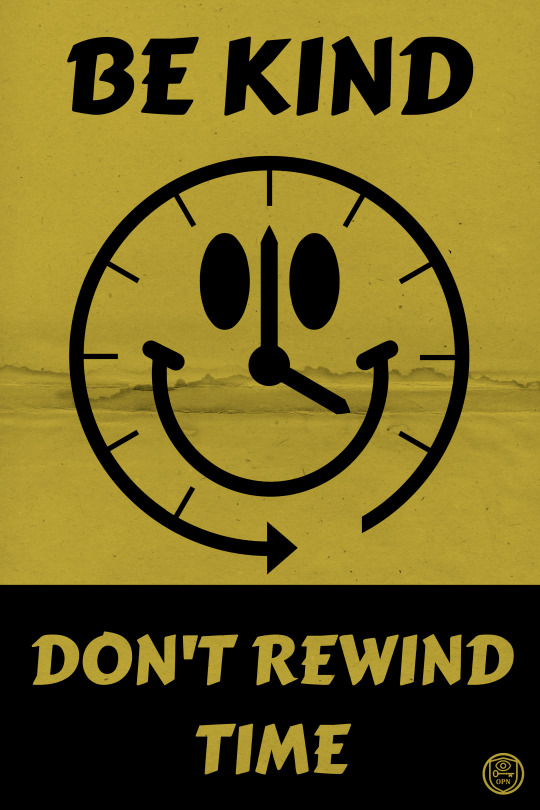


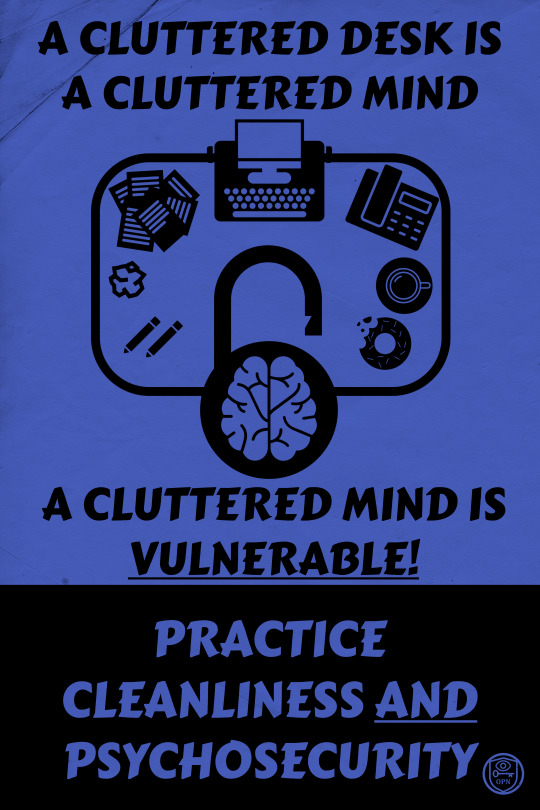
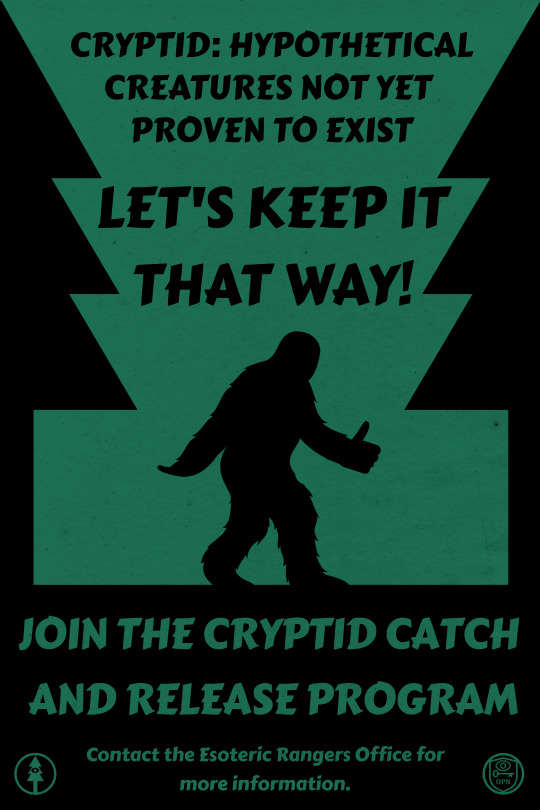
I feel confident enough to post these now. A collection of all the existing posters after some edits from the other post that got 13k notes! These are full size/quality. Go nuts.
You may use them for wallpapers, tabletop campaigns, whatever. Consider tipping me or buying a print or sticker on ko-fi here! If you do use them, let me know what for, or send pictures!
88K notes
·
View notes
Text
guide for winning at commander: say "I'm just a little guy" whenever anyone tries to attack you so they wont
544 notes
·
View notes
Text
the decks i’m torn between buying are nazgûl aggro, deathtouch aggro, and questionable cuisine. all in modern
other modern deck designs i’ve thought of include (but not limited to):
agonies
immortals
pestilence
if you have questions hit up my ask box. i’m happy to explain these weird and wacky but potentially powerful deck tactics.
the real way to play competitive magic is not to follow the meta it’s to actually to play decks so weird and obscure but powerful at the same time so metagamers have no idea what to deal with.
9 notes
·
View notes
Text
the real way to play competitive magic is not to follow the meta it’s to actually to play decks so weird and obscure but powerful at the same time so metagamers have no idea what to deal with.
9 notes
·
View notes
